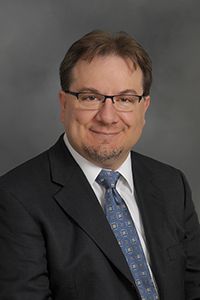Article
Treating Chronic Back Pain with Bioengineered Intervertebral Discs
Author(s):
New research has led to the creation of bioengineered IVDs using the cells from spinal discs already removed.
Approximately 40-60% of adults suffer from chronic back pain each year. Patients who are diagnosed with severe degenerative disc disease often require surgery to remove the intervertebral discs (IVD), followed by another procedure to fuse the vertebrate bones and stabilize the spine.
Roger Härtl, MD, neurosurgeon at New York-Presbyterian Hospital/Weill Cornell Medical Center, said “that one of the problems with the current strategy of disc removal and spinal fusion in patients with severe degenerative disc disease is that the procedure can accelerate the degenerative process above and below the surgical site.â€
Härtl, along with fellow researchers at Weill Cornell Medical College and Cornell University, have been working to determine if there is a better alternative treatment to alleviate degenerative disc disease. This research has led to the creation of bioengineered IVDs, using cells taken from “IVD tissue of human patients who have had their spinal discs removed,†which are then transplanted into the spines of rats.
After evaluating how the IVD tissue “reacts to the mechanical and biological demands,†the researchers have found the results to be promising and are hoping to “test the bioengineered discs in human subjects in a clinical trial, so that someday people can receive spare parts for their aging or injured backs.â€





